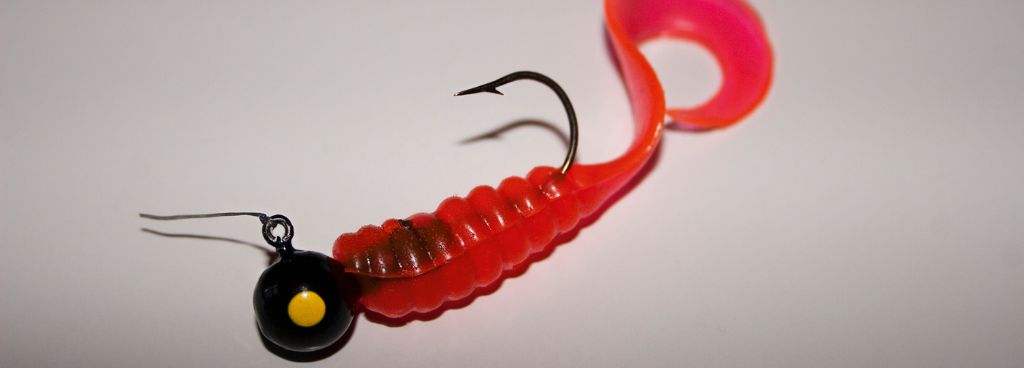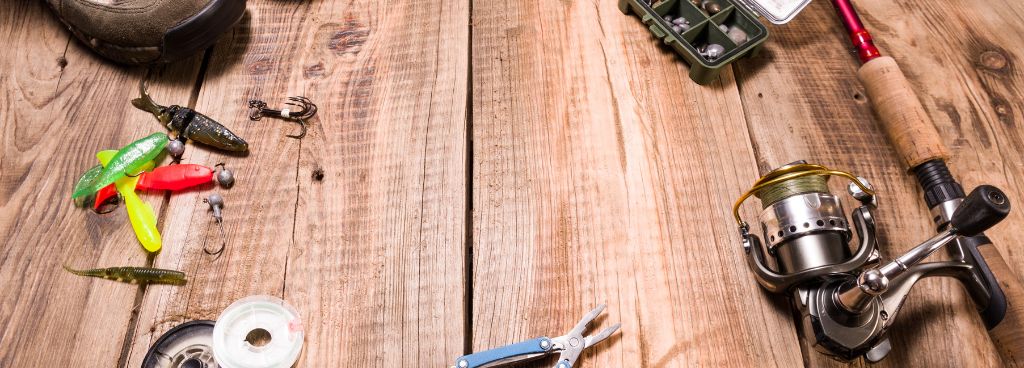Stories Worth Reeling In...
Last Updated on September 13, 2023
You might wonder, what’s the big deal with jigs? Well, my friends, it’s all about understanding how fish perceive those intriguing jig movements beneath the water’s surface.
In this article, we’re embarking on a journey to uncover the secrets of successful jig fishing. We’ll be shining a light on the role of three crucial elements: color, shape, and size. These factors can make all the difference between a day of casting and a day of reeling in the big ones. Let’s dive in!
Table of Contents
Alright, folks, let’s start with the basics. Fish might not have fancy goggles or superhero vision like us, but they’ve got some incredible sensory tricks up their scales. Fish rely on their senses to navigate their underwater world, and this is where jig movements come into play.
First up, we’ve got the lateral line system. Picture this as a fish’s built-in radar system. This line of tiny sensors runs along their sides, and it’s super sensitive to movements and vibrations in the water. When you’re jigging, these sensors are picking up every little wiggle and jiggle you make. It’s like a fishy sixth sense!

But that’s not all – fish have eyes too, and they use them to see what’s going on around them. Jigs are like flashy disco balls in the water, grabbing their attention with their color and movement.
And let’s not forget vibrations. Fish are like living tuning forks. They can feel disturbances in the water with their bodies. So, when your jig wiggles and wobbles, it’s like sending out a dinner bell ringing through the underwater neighborhood.
See, water isn’t like air; it’s like a giant filter that changes the way things look. Colors behave differently underwater. Reds and oranges, for example, can start to vanish as you go deeper. But blues and greens? They stick around like the life of the party.
Bright colors like chartreuse and pink can be real eye-catchers in murky water or on cloudy days. But if you’re fishing in crystal-clear lakes or rivers, more natural, subtle tones like brown or green might be on the fish’s preferred menu.
But hold on, folks, it’s not just about the color; it’s also about the jig’s action. Sometimes, a flashy jig with a color that contrasts the water can trigger those predatory instincts in fish.
Jig shapes come in all sorts of styles, but a few classic ones steal the show. We’ve got the teardrop, which is like the ballroom dancer of the jig world, gracefully fluttering as it descends. Then there’s the minnow shape, designed to mimic the swimming action of, well, a minnow. And don’t forget the grub, which wiggles and wobbles like an irresistible treat.
When you’re out on the water, consider what the fish are looking for in their dance partners. Are they after a slow and steady jig or something with more erratic movements? Is it a finesse jigging day or a more aggressive affair?
Now, here’s the catch (pun intended): the ideal jig size isn’t a one-size-fits-all deal. Different fish species and even specific locations might have their own preferences. So, it’s your job, as the savvy angler, to figure out what’s on the menu.
Some days, the fish might be in the mood for a smaller, bite-sized jig – think of it as their version of tapas. Other times, they might want a hearty meal, so a larger jig is the way to go.
But how do you know what they’re craving? Well, you can do a little detective work. Ask local anglers or do some research on the target species in your fishing area. Are they known for snacking on smaller baitfish, or do they prefer larger prey?

Before you cast that line, let me drop some knowledge bombs on how to make your jig fishing truly effective.
Absolutely! Fish are highly attuned to their environment. Jig color, shape, and size can make the difference between a nibble and a trophy catch. These factors mimic their natural prey, making your jig irresistible.
Yes, many principles apply to both. However, consider the specific fish species, water conditions, and prey items in each environment when customizing your jigs.
Absolutely. Ice fishing presents unique challenges, and customizing your jigs for the species you’re targeting can significantly improve your chances of success.
Remember that fishing is both an art and a science. By mastering the intricacies of jig customization, you gain an edge in the pursuit of your piscatorial passions.
Whether you’re angling for bass, trout, or panfish, the role of jig color, shape, and size cannot be underestimated. Apply this knowledge on your next fishing excursion, and watch your catch rate soar. Tight lines, fellow anglers!